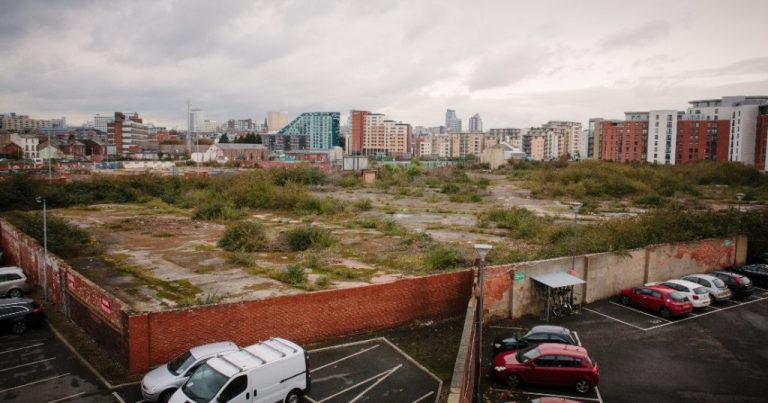Research by debt advisory specialists Sirius Property Finance has shown that it’s not just the housing market that has benefited from the pandemic property market boom, with the estimated total value of the private rental sector (PRS) climbing by 30% since 2019. Sirius Property Finance analysed the current state of the PRS, looking at the level of stock, the current market value of this stock, the average yield available and how this has changed since 2019. The latest figures show that, despite the government’s best efforts, the overall size of the PRS has grown by 2.4% across England since 2019, with 4.876m properties helping to house the nation’s tenants. The South East has driven this growth with a 9.1% increase, along with the South West (+7.4%) and the North West (+3.8%). However, the East Midlands (-9.9%), Yorkshire and the Humber (-0.4%) and East of England (-0.3%) have all seen a decline in PRS stock when compared to the pre-pandemic market. What’s more, the analysis by Sirius Property Finance shows that the current total value of PRS stock is estimated to sit at a staggering £1.536 trillion across England, having seen a 30% increase since 2019 alone. At an estimated £575.7bn, London remains home to by far the most valuable PRS where total stock value is concerned. However, when compared to the pre-pandemic market, the capital has seen the smallest increase in this total value at 16%. The South West has driven PRS market performance in terms of the increase in total value, up 41% when compared to 2019. The total value of PRS stock has also increased by more than 30% across the North West (+39%), South East (+37%) and West Midlands (+31%). Finally, the analysis by Sirius Property Finance shows that of the 4.876m rental homes across England, just 130,272 are currently listed online as available to rent, equating to just 2.7% of all PRS stock, highlighting the pivotal role the sector plays in today’s society. Managing Director of Sirius Property Finance, Nicholas Christofi, commented: “Despite the government’s sustained attempts to dampen the enthusiasm of buy-to-let investors, the private rental sector has continued to grow in size over the last few years. This growth, combined with the high rates of house price appreciation seen throughout the pandemic, have pushed the total value of the sector to a quite remarkable level. However, previous whisperings of a hike in capital gains tax will remain a worry for those who have benefited from an increase in the value of their buy-to-let portfolio. Should these changes come to fruition in the future, we may well see many landlords scramble for the exit to avoid the government’s latest cash grab.”View full data tables online here.






